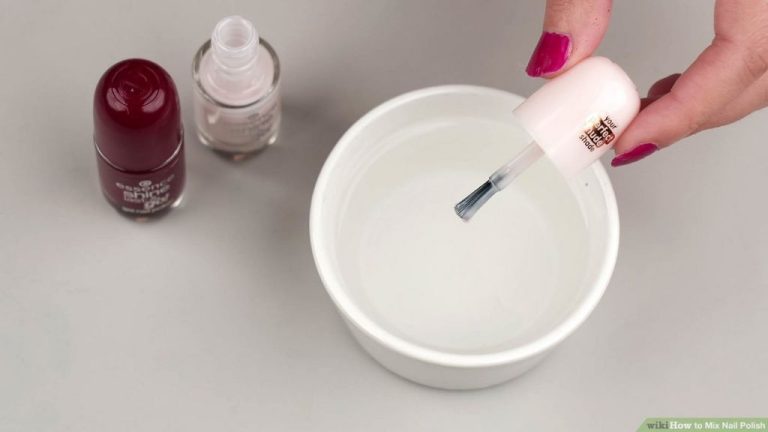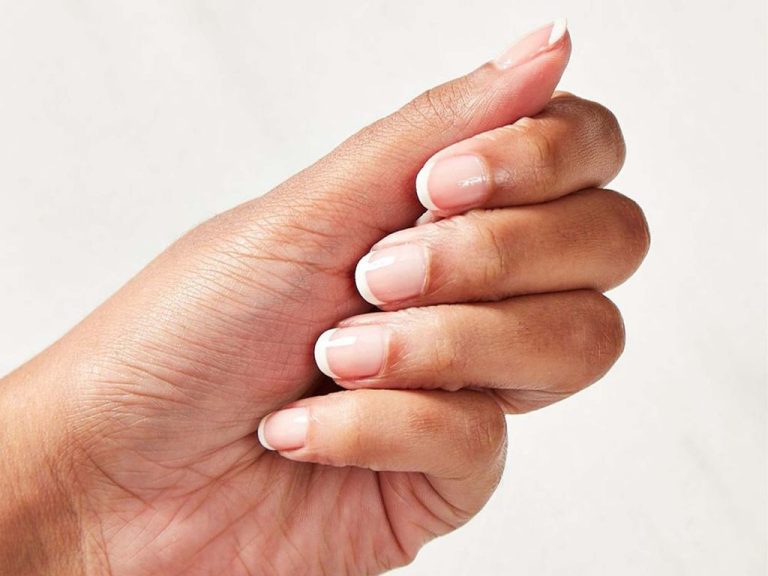5 Diy Nail Polish Remover Alternatives
Store-bought nail polish removers from brands like CVS and Walmart typically contain harsh chemicals like acetone, which can dry out nails and skin. These chemical-laden removers can cost $5 or more per bottle, which adds up over time. Many mass-market nail polish removers also contain questionable ingredients like formaldehyde, toluene, and phthalates. With simple DIY recipes, you can make inexpensive, natural nail polish removers right at home using ingredients you likely already have in your pantry. This article will provide 5 easy DIY nail polish remover alternatives that get the job done without nasty chemicals or the high price tag.
Why Make Your Own Remover?
Making your own nail polish remover at home can save you money compared to buying commercial removers at the store. Store-bought removers can cost $5-10 for just a few ounces, whereas homemade versions only require a few inexpensive ingredients like oils, vinegar, and rubbing alcohol. Homemade removers allow you to avoid harsh chemicals found in many commercial acetone-based removers, like formaldehyde and toluene. Making it yourself also lets you customize the remover to your preferences. You can tweak the ingredients to make it less drying, add essential oils for scent, or adjust the consistency.
Sources:
https://www.realsimple.com/home-organizing/cleaning/nail-polish-remover-uses
https://makeyourownpolish.com/blogs/blog/benefits-of-a-soy-polish-remover
Basic Recipe
The basic DIY nail polish remover recipe calls for just a few simple ingredients that can likely be found in your pantry. The base is an oil like coconut oil, olive oil, or almond oil combined with a small amount of dish soap. According to Martha Stewart, you’ll need source, equal parts oil and soap – usually 1 part oil to 1/4 part soap. You can use any mild, natural dish soap.
To make the remover, pour the oil and soap into a small container like a glass jar and mix well to combine thoroughly. The oil helps break down the nail polish, while the soap helps it rinse off. You can also add a few drops of essential oils like lemon, lavender, or tea tree for scent.
To use, apply a small amount to a cotton ball or pad and gently rub over nails to remove polish. Let sit for 30 seconds before scrubbing lightly to dissolve the polish. The soap helps rinse away the polish easily with water once it’s dissolved.
Coconut Oil
Coconut oil is a popular ingredient in natural nail polish removers due to its moisturizing properties. The medium-chain fatty acids found in coconut oil like lauric acid and capric acid have been shown to exhibit deep moisturizing and nourishing effects on skin and nails (source). Coconut oil is able to penetrate nails and cuticles, leaving them smooth and hydrated after removing polish.
In addition, coconut oil is able to easily absorb nail polish without much scrubbing needed. The natural solvents in coconut oil help break down the pigments and chemicals found in nail polish. Simply soak a cotton pad in coconut oil and hold it against your nails for 30-60 seconds to allow the oil to dissolve the polish. The oil helps lift even dark, stubborn shades of polish while being gentle on nails (source).

Olive Oil
Olive oil is a great moisturizing ingredient to use in a homemade nail polish remover. It helps condition nails and cuticles while removing polish. Olive oil is readily available in most kitchens and can be used alone or combined with other ingredients like vinegar or lemon juice.
According to beauty blog Dina’s Days, olive oil helps nourish nails when added to regular nail polish remover: “Add Olive Oil To Acetone or Nail Polish Remover.” Olive oil helps counteract the drying effects of acetone.
Olive oil also works on its own to break down nail polish, especially for removing gel manicures at home. Lifestyle website Washingtonian recommends: “Grab an oil from your kitchen, such as canola, coconut, avocado, or olive oil, and massage a teaspoon of it into your hands. Make sure to let it soak for a few minutes before gently removing the polish with a cotton ball.”
Vinegar
Vinegar is an effective ingredient for DIY nail polish remover. The main component of vinegar is acetic acid, which works to break down the ingredients in nail polish, helping to dissolve it from the nail.[1] White vinegar, apple cider vinegar, and rice vinegar have all been used successfully in nail polish remover recipes.
In addition to dissolving nail polish, vinegar has antibacterial properties that can help sanitize nails and cuticles when removing old polish.[2] This helps prevent infection from developing under chipped or peeling polish.
To make a vinegar-based nail polish remover: Mix equal parts vinegar and lemon juice in a bowl. Soak nails for 10-15 minutes, then scrub off polish gently with a cotton ball. The acetic acid in the vinegar will break down the nail lacquer, while the lemon juice helps remove staining.
Lemon Juice
Lemon juice is a common household ingredient that can be used to naturally remove nail polish. The citric acid in lemons helps break down the nail polish. Lemon juice also has a bright, fresh scent that leaves nails smelling clean.
According to research, the natural acidity in lemon juice can dissolve nail polish when used correctly (https://clutchnails.com/blogs/news/how-to-remove-nail-polish-without-nail-polish-remover). The citric acid found in lemons is helpful for breaking down the ingredients in nail polish. Simply soak a cotton ball in lemon juice and hold it against your nail for several minutes to allow the acidity to work.
While lemon juice may not remove polish as quickly or effectively as acetone, it provides a gentler homemade alternative. The bright scent of lemons leaves nails smelling fresh and clean. Those with sensitive skin or nails may find lemon juice less irritating than harsher chemical removers.
Rubbing Alcohol
Rubbing alcohol, known chemically as isopropyl alcohol, is another common household item that can be used to remove nail polish. It contains a high percentage of alcohol which helps break down the polish. According to sources, rubbing alcohol can quickly dissolve nail polish, making it easy to wipe away with a cotton ball or pad.
However, sources note that frequent use of rubbing alcohol can be very drying to the nails and surrounding skin. This is because it strips away oils in addition to dissolving the polish. Using a moisturizer after removing nail polish with rubbing alcohol can help counteract the drying effects.
Essential Oils
Adding a few drops of essential oils to your homemade nail polish remover can provide some great benefits. Certain oils not only add a pleasant, natural scent, but also have properties that enhance the remover.
For example, tea tree oil has natural antifungal properties that can help keep nails healthy (1). Other essential oils like lavender, lemon, and orange can provide a fresh, clean aroma while also naturally cleansing nails.
A good rule of thumb is to add 2-5 drops of your chosen essential oil per 1 ounce of your remover base. Some popular essential oil options include:
- Tea tree
- Lavender
- Lemon
- Orange
- Grapefruit
Be sure to shake the mixture well before each use to disperse the oils throughout the remover. The essential oils add great fragrance while also promoting healthy nails and cuticles.
Conclusion
Making your own nail polish remover is simple and effective. As we reviewed, the basic recipe calls for just two ingredients – oil and vinegar. You can customize this with items already in your pantry, like coconut oil or lemon juice. Homemade removers deliver the same results without the harsh chemicals. Plus, they cost a fraction of what you’d pay at the store.
We encourage you to try making your own. Start with the basic recipe, then experiment with different oils, vinegars, and essential oils. You’ll be pleasantly surprised with how well they work. Your nails will thank you!



